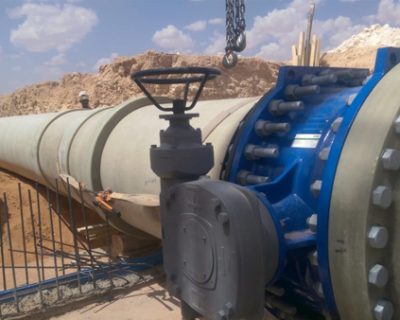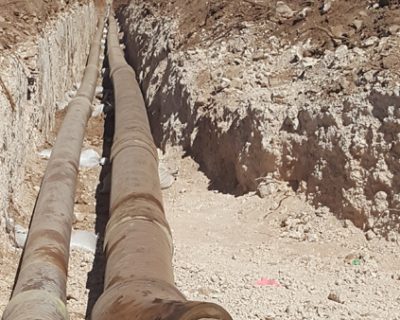Blog

The Evolution of GRP/FRP Piping: From Early Developments to Modern Applications
The Birth of GRP/FRP Piping
Imagine the mid-20th century; traditional metal piping had run its full course, and industries grappled with many limitations. Then, along came Glass-Reinforced Plastic and Fiber-Reinforced Plastic piping—the game-changer. Equipped with impressive corrosion resistance, lightness, and strength, GRP/FRP piping rose to fame within a very short time. They offered much-needed solutions to industries plagued by harsh chemical environments, such as chemical processing and wastewater treatment.
Manufacturing Breakthroughs
For decades, huge strides in manufacturing techniques have driven GRP and FRP piping into entirely new areas of application. Techniques such as filament winding, pultrusion, and resin transfer molding gave DlgEpoco a boost in the quality and consistency of the pipes. Filament winding enables this with exact control over fiber orientation, making pipes stronger and more resilient. These developments further opened doors to more challenging industries, such as oil and gas, marine, and power generation.
The Role of Advanced Materials
What turned the compass in GRP and FRP piping was the introduction of higher-performance resins and fibers. The chemical resistance, thermal stability, and mechanical properties of these pipes have been improved to a great extent by vinyl ester, advanced polyester, and epoxy resins. High tensile strength glass, carbon, and aramid fibers increase their performance significantly, thus enabling them to be used for high-pressure and high-temperature applications.
Sustaining Sustainability
The drive for sustainability has further pushed innovation in GRP and FRP piping in the past years. Eco-friendly resin development and the use of recycled materials have lessened the impact such pipes can have on the environment. Their intrinsic strength, huge service life, lower maintenance costs, and reduced resource consumption make them a greener choice for many industries today.
Modern Applications and Future Prospects
From municipal water and sewage systems to aerospace and renewable energies, GRP/FRP piping systems are everywhere in modern industry. Due to their versatility and strength, GRP and FRP piping will be at the forefront of industrial piping solutions in the future. The developments of both GRP and FRP piping constitute an exciting story of innovation, adaptation, and progress. Innovation has constantly been made in these pipes to meet the changing requirements of the industries they serve. And who knows what exciting developments lie ahead?





